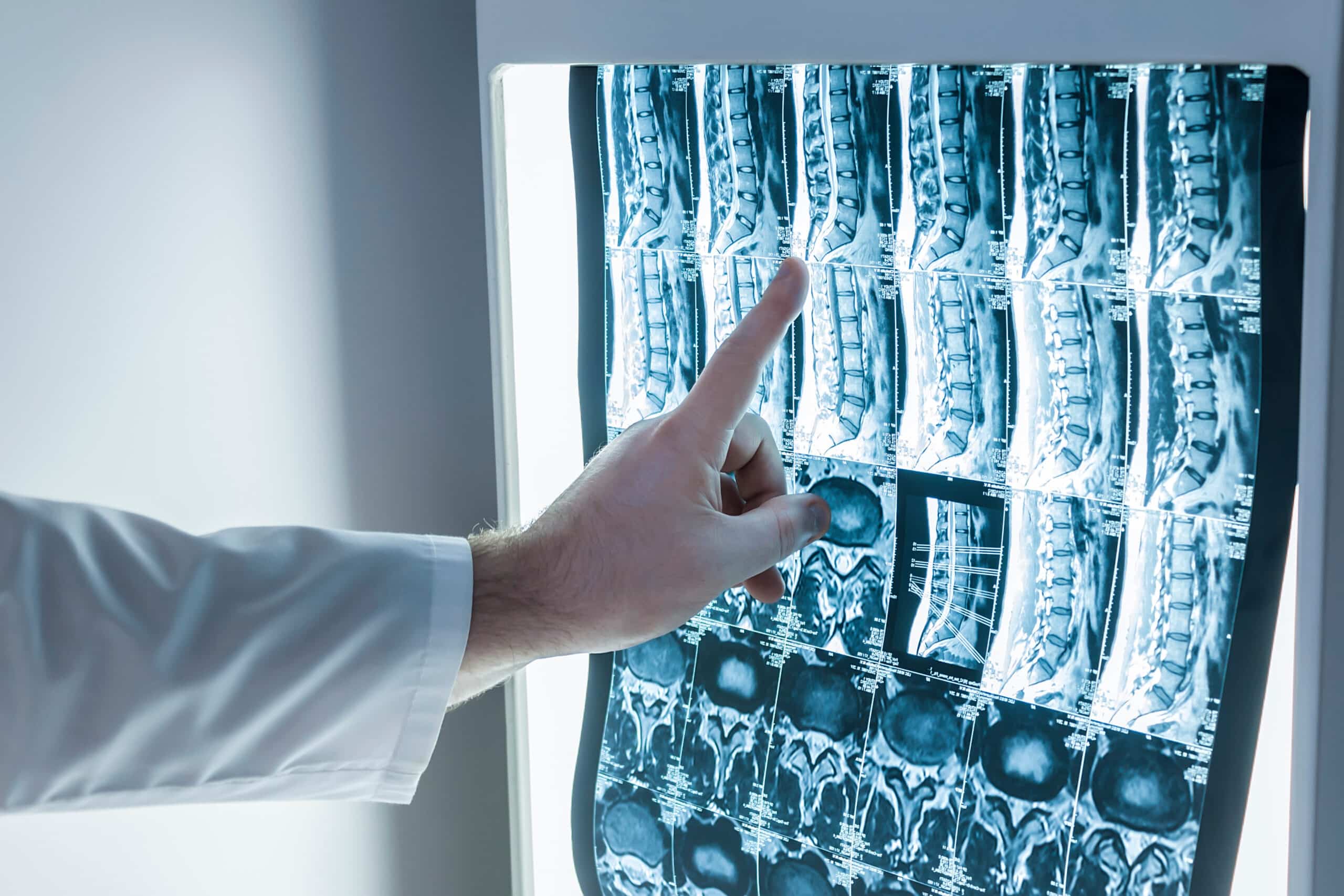Sciatica
Sciatica Treatment at Orthopedic and Spine Centers of Wisconsin
Appointments Available Within 24hrs
What Causes Sciatica?
Sciatica is a condition characterized by pain that radiates along the sciatic nerve, which runs down the legs from the lower back. This discomfort typically originates from the lower back or buttocks and can extend to the toes. It is caused by compression or irritation of the sciatic nerve, leading to a range of symptoms.
Sciatica can be attributed to various factors, including lifestyle, genetics, accidents or injuries, and natural wear and tear over time. Common causes include:
- Disc Herniation: Bulging or herniated discs can exert pressure on the sciatic nerve.
- Spinal Stenosis: Narrowing of the spinal canal may lead to nerve compression.
- Piriformis Syndrome: Irritation of the piriformis muscle can affect the nearby sciatic nerve.
- Spondylolisthesis: Displacement of vertebrae may contribute to nerve impingement.
- Trauma or Injury: Accidents causing damage to the spine can result in sciatica.

What Are The Signs & Symptoms of Sciatica?
Recognizing the signs and symptoms of sciatica is crucial for early diagnosis. Common indicators include:
Radiating Pain: Sharp or shooting pain along the sciatic nerve pathway.
Numbness or Tingling: Sensations of numbness or tingling in the leg.
Muscle Weakness: Weakness in the affected leg muscles.
Difficulty in Movement: Challenges in moving the leg or foot.

The Testing & Diagnosis Process for Sciatica
Diagnosing sciatica involves a comprehensive evaluation. Physicians may conduct various tests, including:
Physical Examination: Assessing reflexes, muscle strength, and flexibility.
Imaging Studies: X-rays, MRI, or CT scans to visualize the spine and identify abnormalities.
Electromyography (EMG): Measures electrical activity in muscles to detect nerve dysfunction.
What Are The Treatments For Sciatica?
Treatment for sciatica aims to alleviate pain and address underlying causes. Our physicians may recommend:
Physical Therapy: Exercises to improve flexibility and strengthen muscles.
Medications: Pain relievers, muscle relaxants, or anti-inflammatory drugs.
Epidural Steroid Injections: Administered to reduce inflammation and provide relief.
Surgery: In severe cases, surgical intervention may be considered to relieve nerve compression. In many cases, a minimally invasive approach can be used for these procedures. A minimally invasive approach involves a smaller incision than traditional spine surgery, which can help expedite recovery time.

